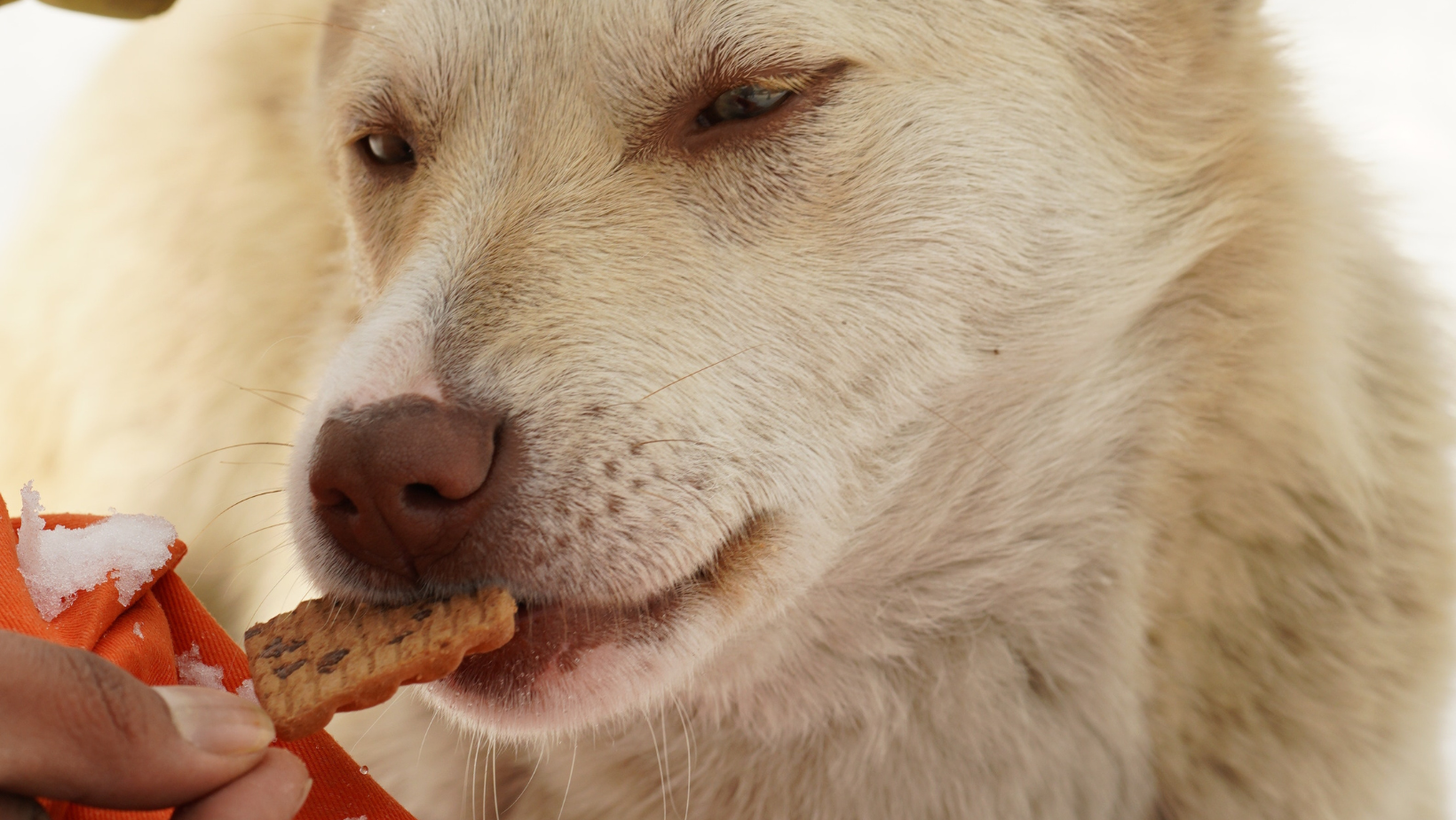Single Puppy Syndrome

The condition known as Single Puppy Syndrome is extremely rare. Although it might seem strange, a single puppy litter can lead to a variety of problems throughout the whelping process. Whelping or birth happens when the foetus( An unborn baby that develops and grows inside the uterus) becomes too big to be fed and kept alive in the uterus by the placenta( an organ that develops in the uterus during pregnancy).
Even though it would seem odd, a single puppy litter can result in a wide range of issues while the puppies are actually being born. When the foetus becomes too large for the placenta to feed and keep it in the uterus, whelping or delivery begins. The foetus produces cortisol as a result of inadequate oxygen and nutrition (a stress hormone). This hormone affects the uterus and placenta, setting off a series of physiological and hormonal changes that ultimately result in the birth of the puppies.
The amount of cortisol emitted by the lone puppy, however, is insufficient to start the birth process when there is only one puppy in the litter. The foetus will die as a result of insufficient nutrition. The sterile environment of the uterus prevents the foetus from rotting when it passes away; instead, it dries out and gets mummified. The cervix may occasionally partially open as a result of the birth process starting off partially. This enables the entry of germs, which cause the foetus to begin to deteriorate. This might cause long-term uterine harm if ignored. Additionally, one foetus may become excessively big and become trapped during whelping.
Causes of single puppy litter
The unfortunate truth is that there are several causes and potential influences for single litter pregnancies, single puppy syndrome
- Some breeds are more prone to have tiny or even single litters. Breeds that are petite or miniature tend to have more single puppy pregnancies. Scottish Terriers are particularly susceptible to it.
- Between the ages of 3 and 7 years, dogs have their largest litter size. Thereafter, the number of pups in a litter drops. Breeding dogs once they turn 7 years old increases the likelihood of a single litter of puppies.
- The size of the litter is also influenced by the moment of mating.
Diagnosis
The most accurate method of counting foetuses in a pregnant dog is radiographs (X-rays). The dog foetus’ skeletal system begins to form after 54 days of pregnancy, and the number of foetuses may be determined by counting how many bones there are. There must be as minimal exposure to X-rays as possible since they may be dangerous for the foetus.
Treatment: Single Puppy Syndrome
The symptoms of the disease are visible at the moment of birth, even though the problem itself occurs during fertilisation. Throughout their pregnancies, dogs who are prone to Single Puppy Syndrome must be regularly observed.
The veterinarian will initially do an ultrasound to determine the health state of the foetus by detecting the heart rate and bowel movements in the event of a non-initiation or partial initiation of birth. The veterinarian will determine whether to perform a caesarean surgery or induce labour using different chemical combinations based on the viability of the foetus.
Prevention
- Based on the heat phase, be sure you breed dogs at the appropriate time.
- After the age of seven, breeding dogs should be done cautiously, and pregnancy and delivery should be closely observed.
- Keep thorough records of the dates of conception and delivery.
Single puppy syndrome is extremely uncommon and may lead to some seriously unpleasant side effects. It’s generally advisable for pet parents to keep accurate breeding records. If you observe any issues during whelping, see your veterinarian.





